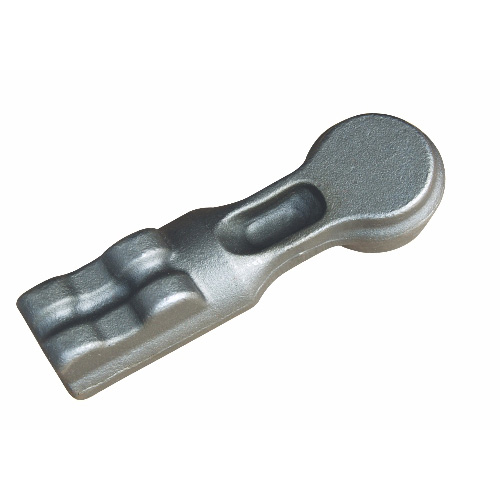How are high precision forgings made
2022-09-13
Compared with ordinary die forging, the main advantages of precision die forging are: less allowance for mechanical manufacturing; The dimensional accuracy is higher, that is, the dimensional deviation of precision die forging is smaller than that of ordinary die forging, generally half of the deviation of ordinary die forging, or even small; The surface is very good, that is, the surface roughness of the precision die forging is low, the surface defects such as pits and the width of the residual flying edge left after cutting are strictly limited.
Compared with cutting manufacturing, the main advantages of precision die forging are: because the shape and size of forging blanks are close to or even exactly the same as the finished parts, so the material utilization rate is high; Due to precision molding, the distribution of metal fibers is consistent with the shape of the parts and continuous dense, so that the mechanical properties of the parts have a greater increase, so precision die forging is also known as less cutting technology.
Forgings found in heat treatment furnace is overheating, can be taken from overheating temperature of air cooling to the temperature of the heat color disappear (about 500 ~ 550 ℃), then heated to the annealing temperature, stipulated in the overheated forging forging plant, can be once again using the correct specification, normalizing or annealing to refining the grain, not serious overheating of forgings, can use 1 time normalized; The larger forgings can be used twice normalizing (Ac3+50 ~ 70℃), for more serious overheating forgings, can be used 2 times normalizing, Ac3+100 ~ 150℃; Ac3+30 ~ 50℃, it is very important to avoid overheating, which requires the selection of appropriate heating temperature and heating and holding time, strictly and correctly implement the heating specifications.
The forging factory should check and repair the temperature control meter in time and install the thermocouple correctly to avoid the heating temperature being too high. When forging high heating temperature close to the metal started melting temperature, then not only the coarse grains, but also can cause the austenitic, grain boundary severe oxidation of low melting point and melting, destroyed the mutuality between the grain, so that the forging of scrapped, this phenomenon is known as the burnt, forging factory sparks from the steel in the process of heating, Observation tissue found along the grain boundary melting or oxidation phenomenon, has been unable to use, for over-burned parts can not be remedied, can only be scrapped.




